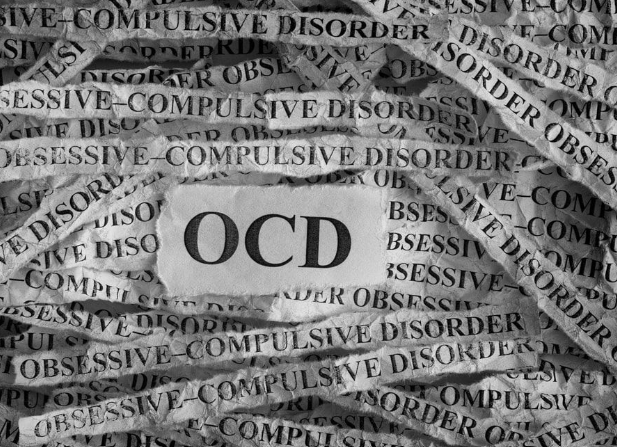People with OCD grapple with obsessions and compulsive behavior.
The appropriately named and difficult condition known as obsessive-compulsive disorder can render some of its sufferers unable to function in daily life or social situations, according to clinical psychologist Scott Bea of the Cleveland Clinic’s Center for Behavioral Health. “Intrusive, unwanted, anxiety-provoking thoughts, repetitive actions or thoughts to reduce anxiety, or both,” according to Bea, are symptoms of the chronic, persistent illness.
OCD affects millions of people in the U.S. and cuts across socioeconomic classes, according to the Anxiety and Depression Association of America. About 1.2% of adults in the U.S. suffer from OCD; that works out to more than 3 million people. Slightly more women than men are affected by OCD. However, boys are more commonly affected in childhood.
Also read-Complex PTSD : A Patient’s Guide To Complex PTSD And Its Symptoms

Signs of OCD
According to Mayra Mendez, a licensed psychotherapist and program coordinator for mental health services and intellectual and developmental disabilities at Providence Saint John’s Child and Family Development Center in Santa Monica, California, OCD symptoms differ from person to person. OCD, according to Mendez, is characterized by two main symptom categories: compulsions and obsessions. “Thoughts that are persistent and recurrent, felt as intrusive, and recognized by the individual as unwanted thoughts are defined as obsessions,” the author states. Behaviors that are rigid, persistent, and repeated are called compulsive behaviors.

OCD symptoms fall into these categories:
Obsessive Symptoms
- Persistent and recurring unsettling thoughts.
- Thoughts of fear.
- Tense waiting.
- Negative expectations and illogical beliefs.
- Fear that the thoughts are unwanted, bothersome, and invading.
- Feeling helpless against the anxiety and unfavorable expectations.
- Incapacity to change worrying and pessimistic thoughts.
- Self-doubt and mistrust of one’s own ideas and behavior.

Compulsive Symptoms
- Adherence to irrational self-imposed rules in attempt to manage anxiety.
- Ritualistic behaviors.
- Drive to do things over and over such as checking, fixing, ordering or cleaning.
- Doing tasks in a specific order, counting, needing to follow a strict organizational pattern.
- Repeating steps.
- Inability to prevent or stop repetitive behaviors despite a desire to do so.

Common Obsessions
These are typical, particular sources of obsessional distress linked to OCD. Says Bea:
- Apprehensions about contamination.
- Unwanted fixations on sex.
- Overly preoccupied with right and wrong.
- A fear of doing harm to oneself or other people.
- Fear of coming into contact with bed bugs

Causes
According to Mendez, OCD has no single cause. According to certain research, the illness may have a genetic component. “The disorder has a higher likelihood of manifesting if there are family/genetic links,” Mendez explains. “The closer the link to immediate family members (parents, siblings), the greater the likelihood of symptom manifestations.” According to research, there is a greater chance that someone with anxiety and/or depression will exhibit OCD symptoms. Furthermore, according to research, those who have been abused or suffered trauma may exhibit OCD symptoms, according to Mendez. “In the case of trauma, OCD may develop as coping mechanisms, whether functional and adaptive or reactive,” according to her. “The outcome is the same: to manage the stress and anxiety associated with the traumatic experience.”

Diagnosis
OCD can only be diagnosed by a trained therapist, according to the International OCD Foundation. In evaluating a patient, a therapist would look for whether the patient:
- Has obsessions.
- Engages in compulsive behaviors.
- Whether the obsessions and compulsions consume a lot of time and interrupt important activities, like working, going to school or spending time with friends.

Treatments
There’s no cure for OCD, but there are treatments that can help you manage the symptoms.
- 1. Exposure therapy
- 2. Imaginal exposure
- 3. Habit reversal training
- 4. Cognitive therapy

Also read-PTSD : A Patient’s Guide To Post-Traumatic Stress Disorder
images source: Google
Disclaimer: The opinions and suggestions expressed in this article are solely those of the individual analysts. These are not the opinions of HNN. For more, please consult with your doctor




































